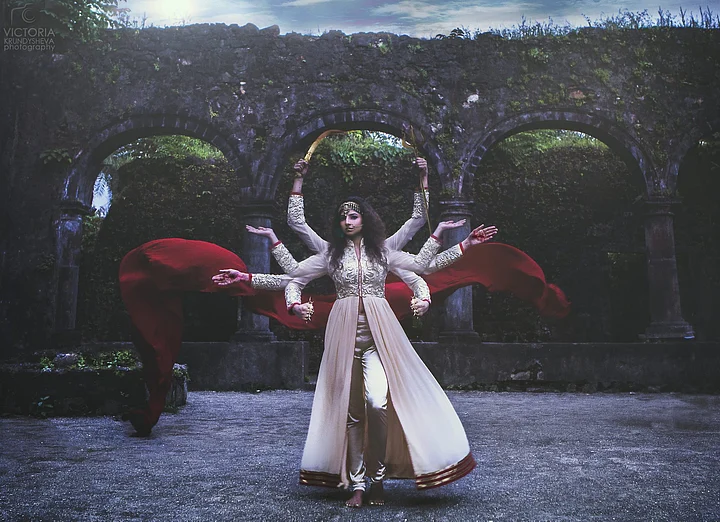Mythbuster – did you know that your favourite Goddesses, Durga and Kali, have not always looked the same?
Durga Puja in India officially begins with Mahalaya. According to legend, on this day, Goddess Durga begins her journey towards Earth. Scriptural recitations and prayers are sung to summon the Goddess so she may efface all evil. In destroying evil, Durga transforms into Goddess Kali, who is regarded as her most ferocious avatar.
While most people are familiar with these legends and myths about the two Goddesses, what many don’t know is that Durga and Kali have donned various avatars over time.
Today, the two Goddesses are being increasingly reappropriated in feminism as well as popular and digital culture.
This Durga Puja, here’s a brief look at the dynamic avatars of Durga and Kali, from early Indian nationalism to digital India.
‘Motherland’ in Early Indian Nationalism
Over the last decade of the 19th century, as historian Tanika Sarkar notes, a new and supreme deity emerged within the Hindu pantheon: the ‘Motherland’. This was a time when images of Bharat Mata, Kali, and Durga began to be celebrated in Bengali literature and art.
- 01/07(Image: Columbia.edu; altered by The Quint)

- 02/07(Image: Wikimedia Commons; altered by The Quint)

- 03/07Image used for representational purposes only. (Image: iStock; altered by The Quint)

- 04/07Image used for representational purposes only. (Image: Save the Children India; altered by The Quint)

- 05/07Image used for representational purposes only. (Image: India Mike/Sibaji Mitra; altered by The Quint)

- 06/07(Image: Wikimedia Commons; altered by The Quint)

- 07/07(Image: Victoria Memorial Hall; altered by The Quint)

Bankim Chandra Chattopadhyay, in his novel Anandamath (1882), represented the Mother Goddess in three forms. He also penned the song Vande Mataram which described the ‘Motherland’ as both Durga and Laxmi. Bankim’s representations decisively influenced later imaginings of the ‘Motherland’.
Abanindranath Tagore also painted the first pictorial depiction of Bharat Mata — as Goddess Laxmi, the Goddess of plenty — around this time.
- 01/04(Image: iStock; altered by The Quint)

- 02/04(Image: Facebook/ABP Pujabarshiki; altered by The Quint)

- 03/04(Image: iStock; altered by The Quint)

- 04/04(Image: Journeying to the Goddess; altered by The Quint)

Durga was traditionally regarded as a warrior Goddess who had returned after killing the ‘Asura’. Kali too was celebrated for her power to destroy evil and transcend death.
Yet, both Durga and Kali remained within the ambit of domesticity in the Indian nationalist movement and were represented as mother figures.
Moreover, the iconising of the nation as the Mother Goddess had very limited liberating implications for women at the time. Historian Partha Chatterjee writes that women were thought to be representatives of the home which, as opposed to the world, had to be kept untainted by colonial influence.
Mapping the Body of Bharat Mata
In the 20th century, the body of Bharat Mata became the map, and the map became the body.
- 01/04(Image: Research Gate; altered by The Quint)

- 02/04(Image: Columbia.edu; altered by The Quint)

- 03/04(Image: India Today; altered by The Quint)

- 04/04(Image: Columbia.edu; altered by The Quint)

In 1905, Aurobindo Ghosh remarked that the map of India “is not a map but the portrait of Bharat Mata: its cities and mountains, rivers and jungles form her physical body. All her children are her nerves, large and small. . .”
Though Gandhian nationalism recognised Sita, Damayanti, and Draupadi as the ideals of Indian womanhood, we find images around this time that depict nationalist leaders in the lap of Bharat Mata. The dominantly Hindu associations of Bharat Mata divided opinion regarding its usage as a national symbol.
Dynamic Durga in Independent India
In independent India, Goddess Durga’s representation as Bharat Mata has been enriched by the addition of national insignia, including the Tricolour and the Ashokan Pillars, around her.
- 01/05(Image: iStock; altered by The Quint)

- 02/05(Image: Research Gate; altered by The Quint)

- 03/05(Image: Malice Thoughts; altered by The Quint)

- 04/05(Image: Research Gate; altered by The Quint)

- 05/05(Image: PTI; altered by The Quint)

During the 1962 India-China War, an image depicting the Ashokan Pillars surrounded by Bharat Mata (drawn as Goddess Durga) and her fierce lions became popular. The image represented the Goddess as the protector of the disputed Himalayan border.
Another invocation of Goddess Durga was when Atal Bihari Vajpayee allegedly referred to Indira Gandhi as ‘Ma Durga’ after the 1971 Bangladesh War. The statement’s attribution to Vajpayee has now been challenged.
In popular imagination, however, the comparison with Durga still holds to give context to Gandhi’s character.
During his campaign against corruption, Indian social activist Anna Hazare had actively used the image of Bharat Mata. However, the image was replaced by that of the Tricolour after some supporters of Hazare raised the issue of the icon’s religious underpinnings.
A more recent example is from 2016, when an idol of Durga was modelled on Mamata Banerjee. The idol depicted the West Bengal Chief Minister in her trademark saree and slippers with her many arms serving as supporting pillars for railways, education, and infrastructure among other industries.
Fun-loving and Fierce Goddesses in Modern Print Culture
Moving on from the more traditional avatars of Durga, we also find the Goddess having fun on the covers of popular Bengali magazines known as Pujabarshikis. These magazines are published every year around Durga Puja.
- 01/03(Image: iStock; altered by The Quint)

- 02/03(Image: Facebook/ABP Pujabarshiki; altered by The Quint)

- 03/03(Image: Abhishek Singh; altered by The Quint)

The covers of popular Pujabarshikis show Goddess Durga playing, enjoying music, going on boat rides, and taking selfies among other things. Such representations are proof of the fact that Bengal has a long tradition of humanising its deities while celebrating their sanctity.
Also Read: Not Jawed Habib, Bongs Have Been “Insulting” Durga Since Decades
The Goddesses also appear today in mythological comics and graphic novels. An example is Virgin Comics’ Kali (2007). The graphic novel is a part of Deepak Chopra's India Authentic series that focusses on retelling some of the most iconic Indian myths for a global audience. Kali recounts the story of the Goddess’ awakening.
Kali represents the cyclic motion of Time; she is both wrathful and benevolent. I wanted to bring out this sense of movement and rhythm in her depiction.Abhishek Singh, Visual Artist for Kali
Popular magazines, graphic novels, and comics chart a difficult terrain between the traditional and the modern.
Elements from the traditional are often modified in popular culture to make them both approachable to and relatable for a modern readership.
Feminist Icons in Millennial Imagination
Millennial artists have now begun to consider Goddesses Durga and Kali as icons of feminism. The Goddesses are being redrawn and reimagined, in art and conceptual photography, by new-age artists to challenge patriarchal mindsets.
One such project is a photo series titled ‘Lost Indian Goddesses’ by photographer Victoria Krundysheva. Released in 2016, the photo series celebrates the many traits of Indian Goddesses and uses them to call out society’s hypocrisy.
- 01/02“You worship all-powerful Durga, but tell women to know their place.”(Photo: Facebook/Victoria Krundysheva)

- 02/02“Your goddess Kali is naked but you ask your girlfriend to cover up, criticize that woman in crop top, make your daughter conscious of her body. Instead of conquering evil she is fighting herself.”(Photo: Facebook/Victoria Krundysheva)

Those Goddesses you worship are walking daily among us, but you choose to humiliate, harass, rape, disrespect or simply discriminate them. It is time you open your eyes to the actual Goddesses till it’s your head in Kali’s hand.Victoria Krundysheva, Photographer
Indian Instagram artists like Priyanka Paul (@artwhoring), Shantanu Sharma (@shantanu.sharma), and Pranjali Dubey (@kalmuhi_) are also redrawing the Goddesses in modern avatars for the digital age.
Also Read: How These Women Instagram Artists Are ‘Reclaiming’ Sexist Words
Myths, Imagination, and Culture
These changing avatars of Durga and Kali in history highlight an important aspect of myths, that is, that they are rarely static. Myths are dynamic and timeless expressions of imaginations born out of processes of meaning-making.
This means that there are and will always be new and varied interpretations of myths, mythical symbols, and images.
Culture is defined as the collective memory bank of people’s experiences in history. Legends and myths are important components of culture as they are used for the transmission of value systems across generations. Yet, successive generations continue to challenge and alter received values.
Think we’ve missed some traditional or modern avatars of Durga and Kali? Tell us in the comments below!
Graphics: Saumya Pankaj
(This story was originally published on 28 September 2017. It has been republished for the occasion of Durga Puja.)
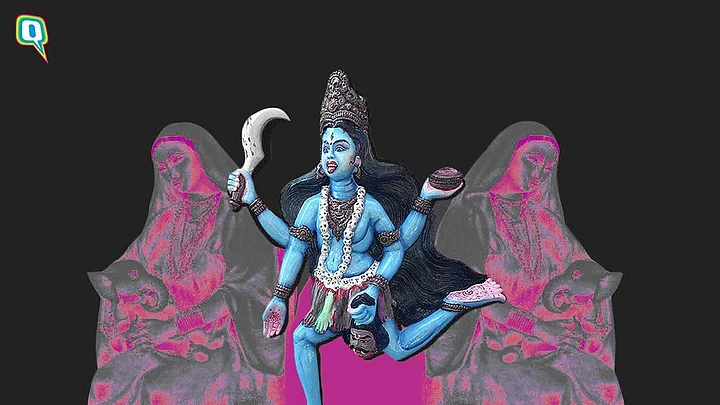
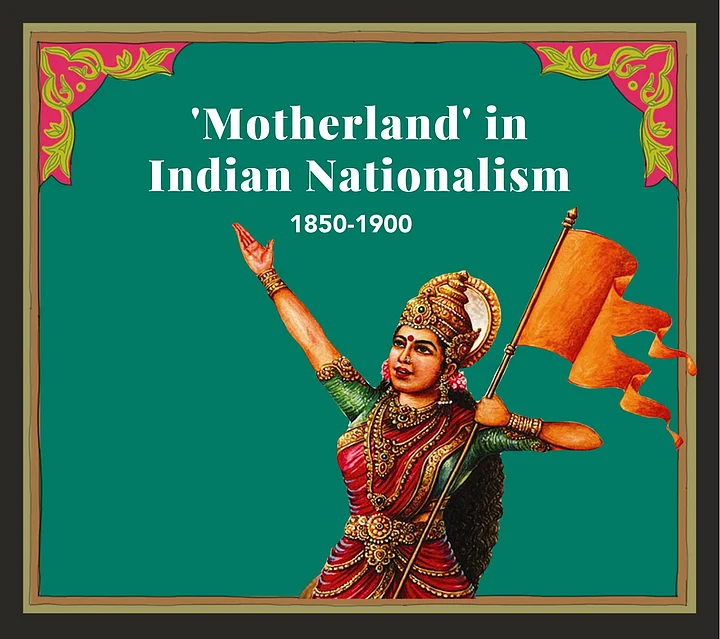
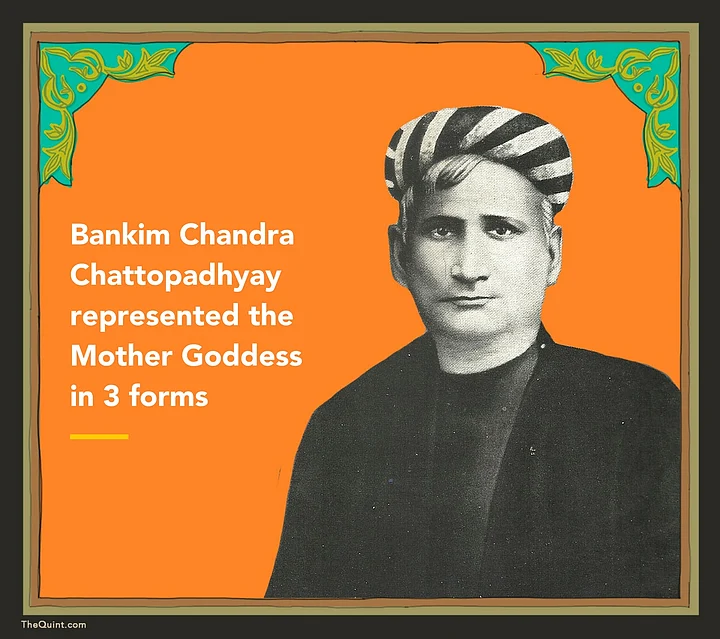
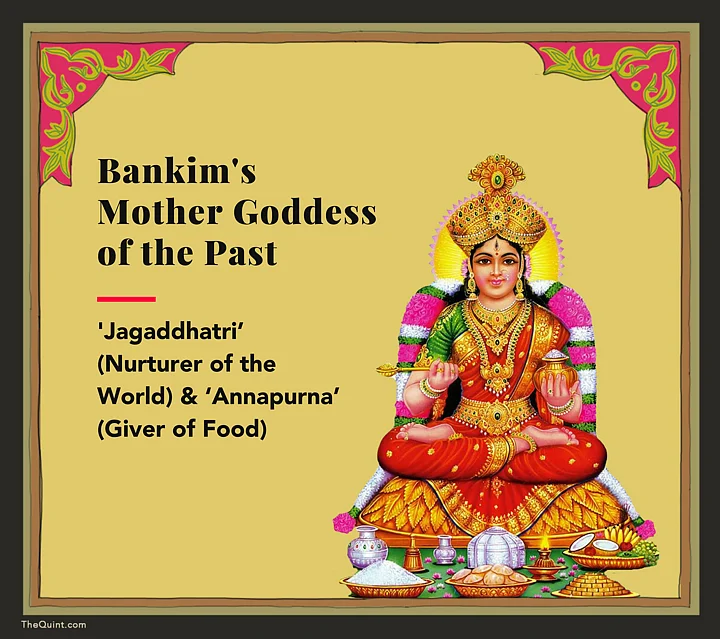
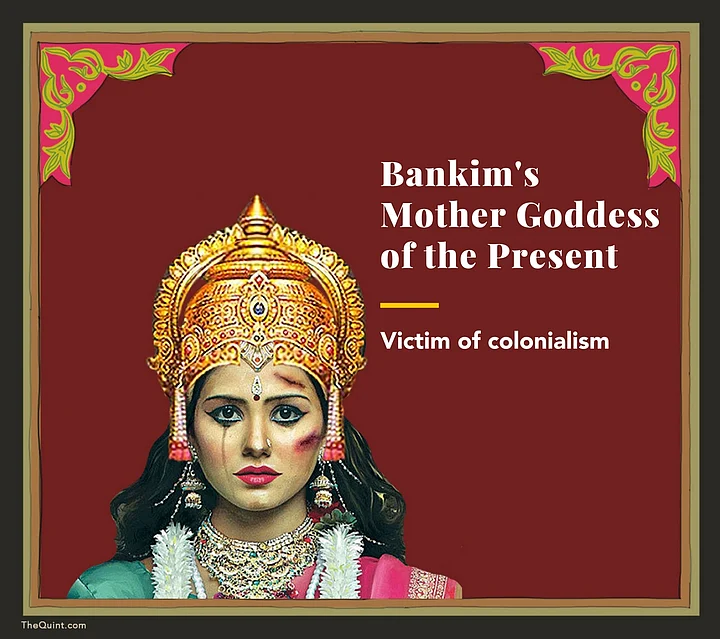
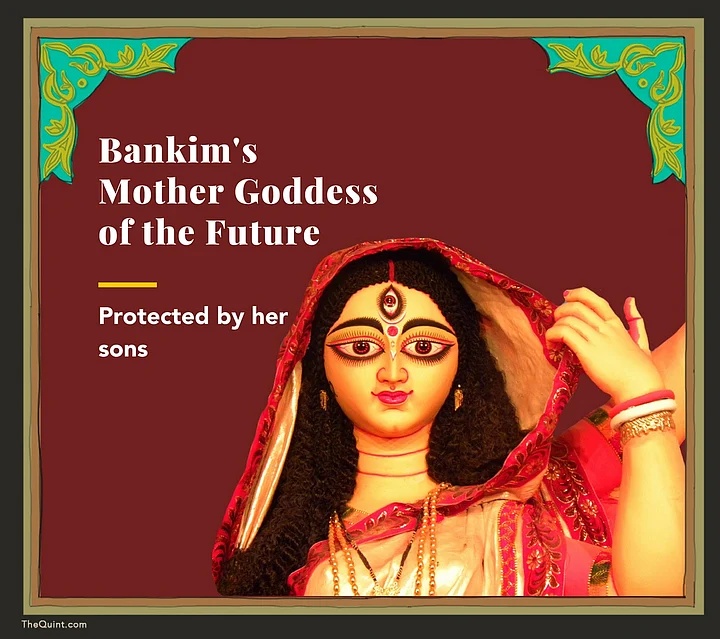
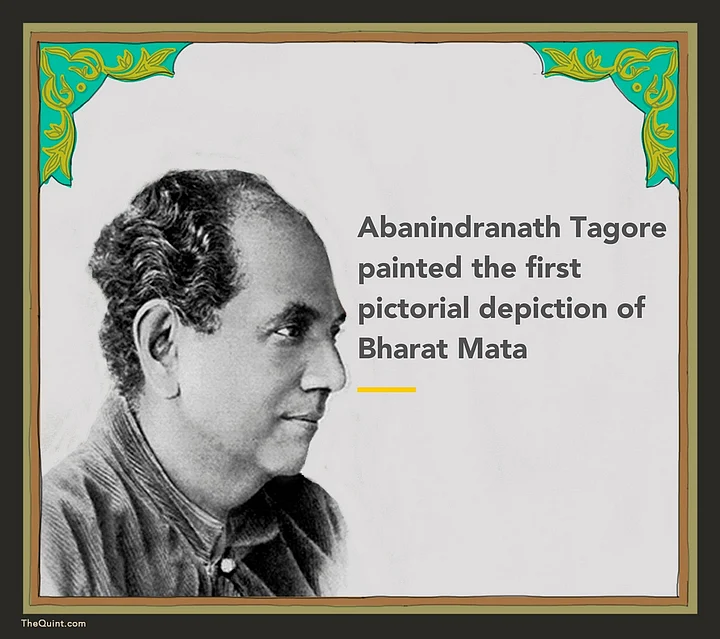
.jpg?auto=format%2Ccompress&fmt=webp&width=720)
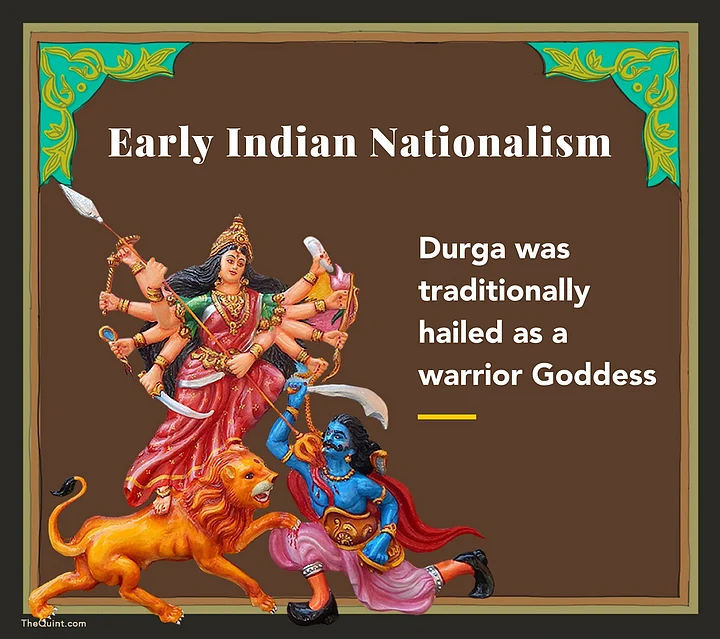
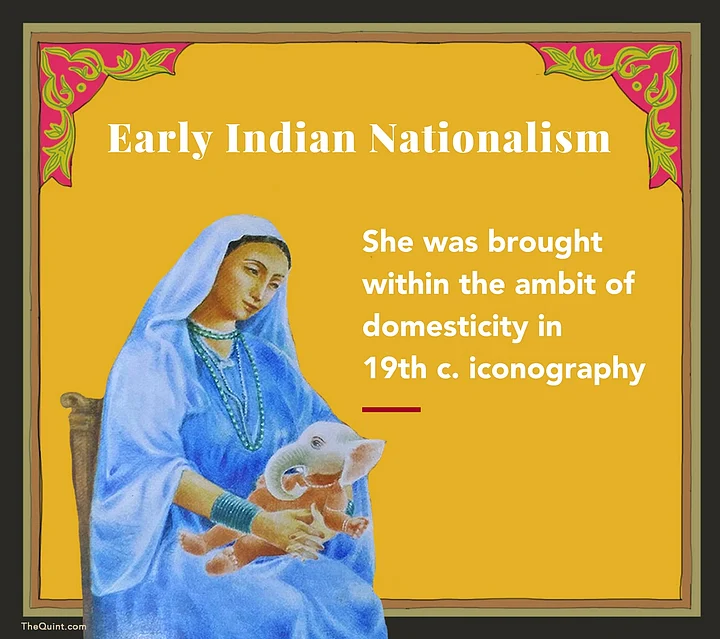
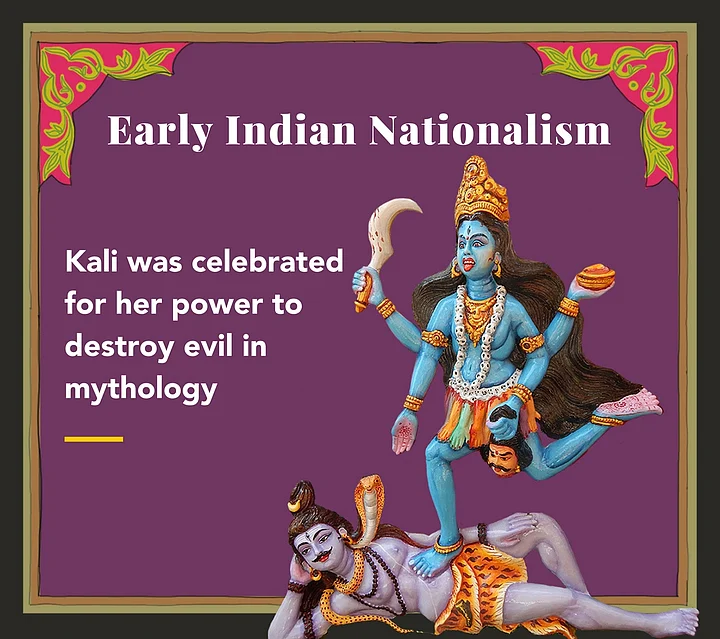
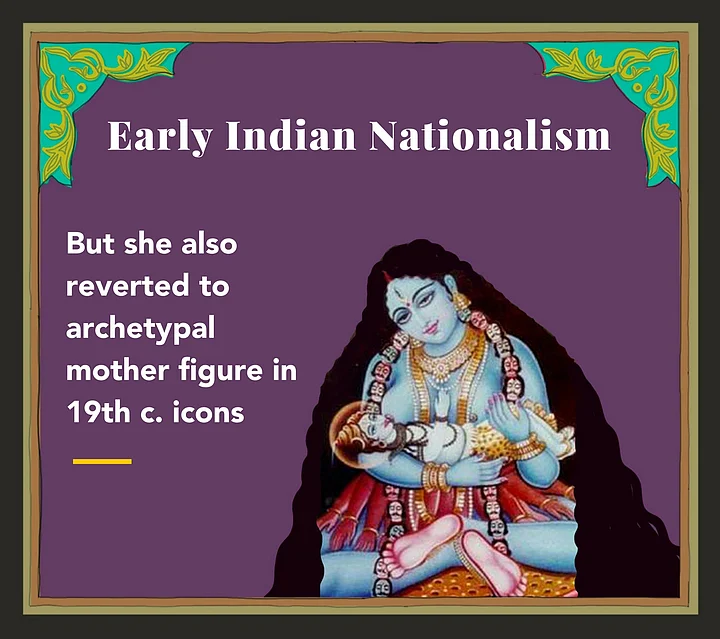
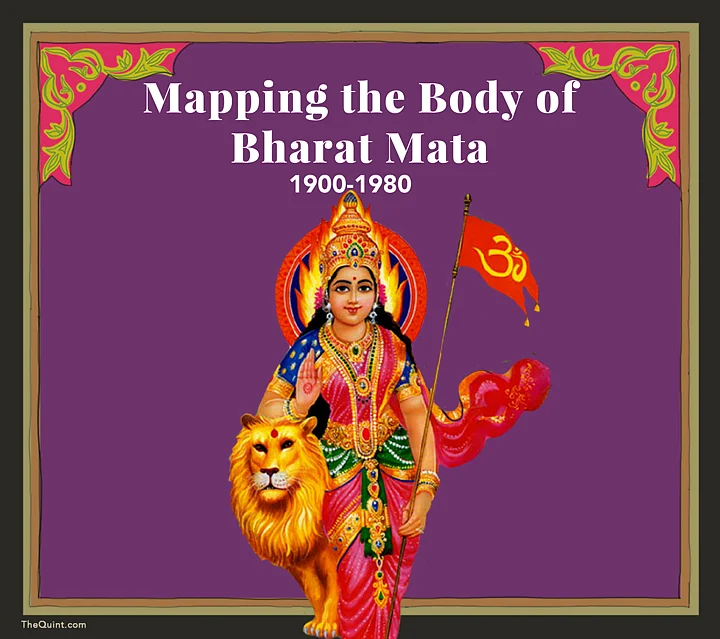
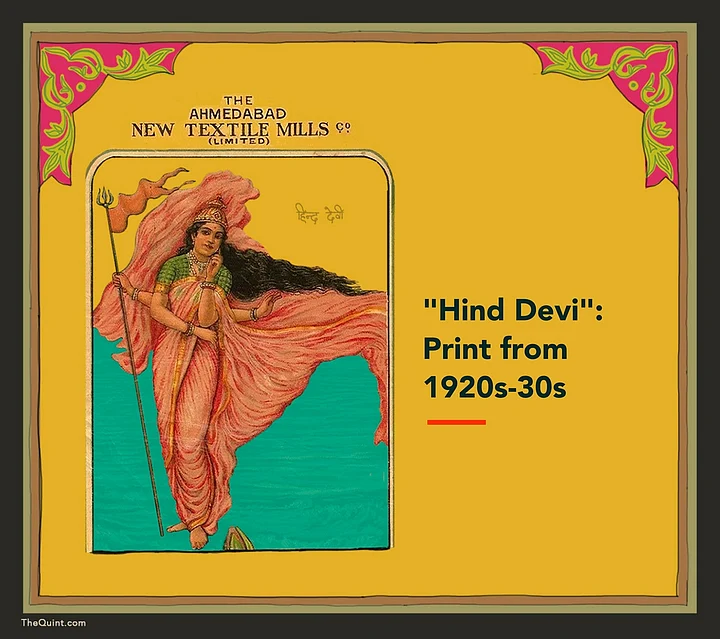
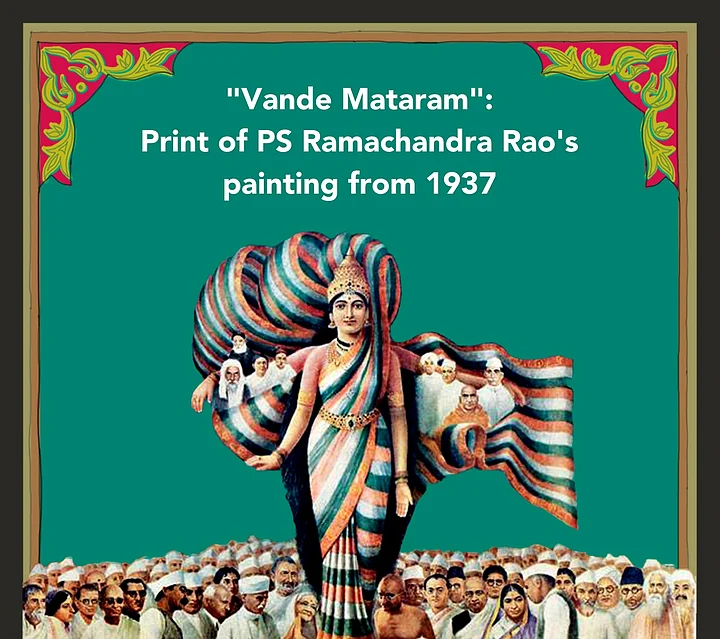
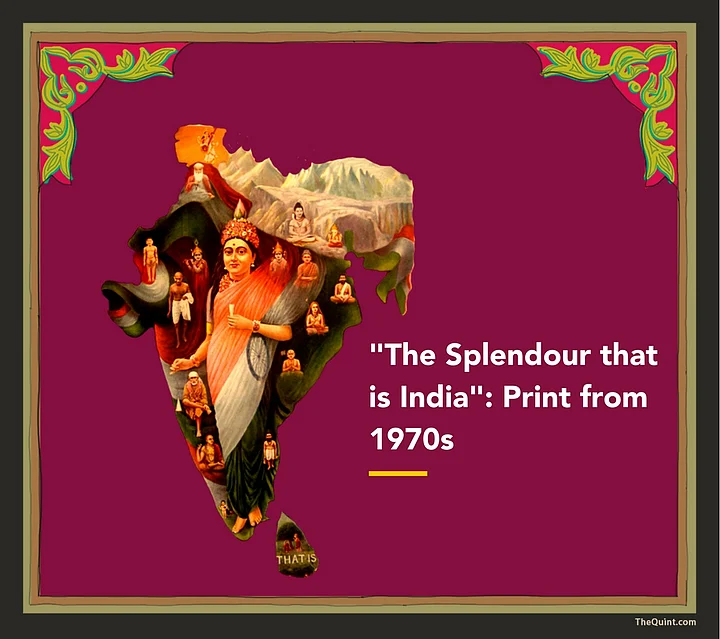
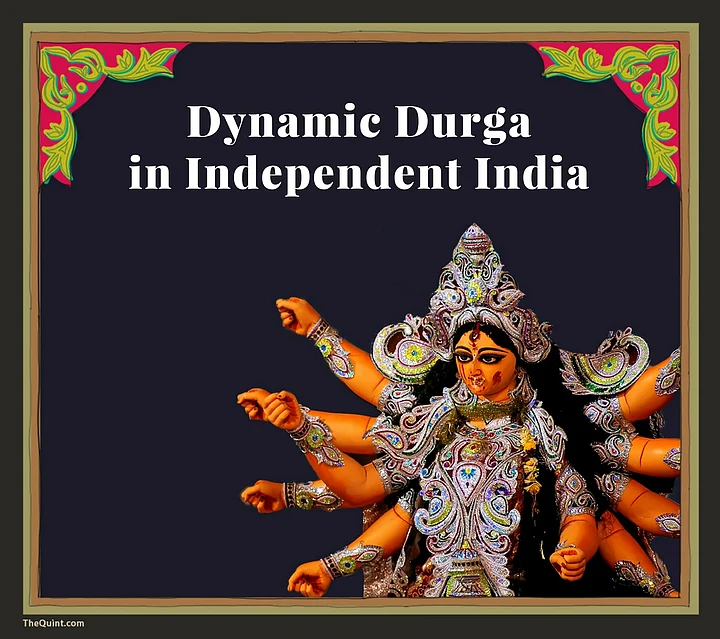
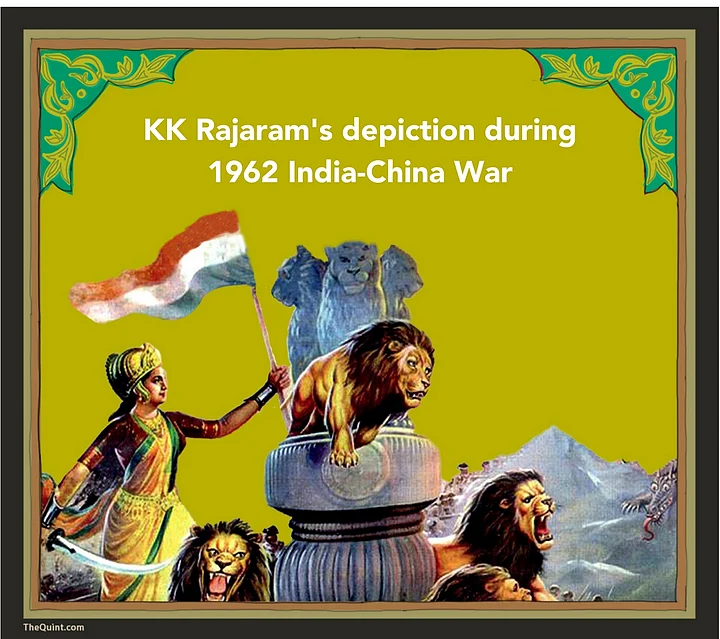
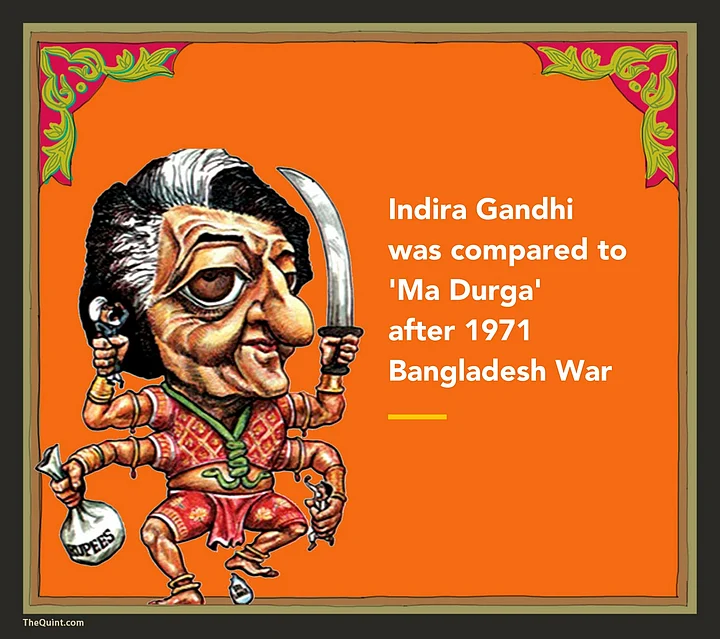
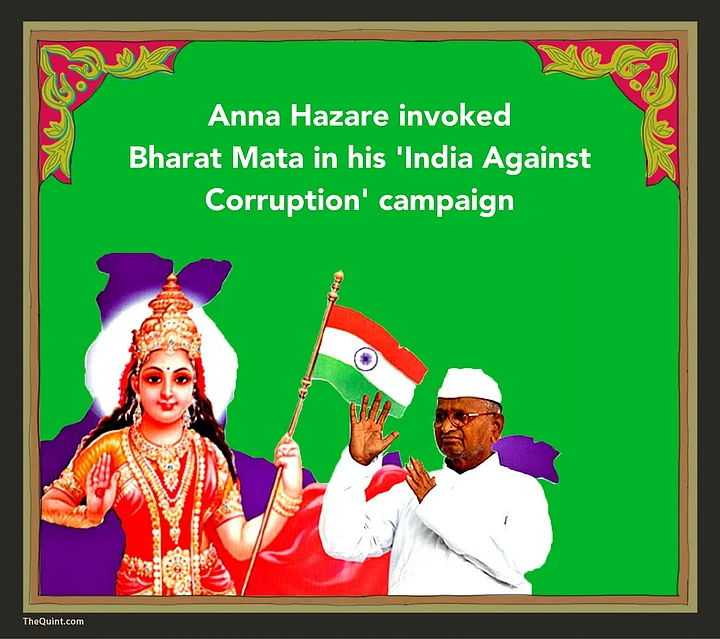
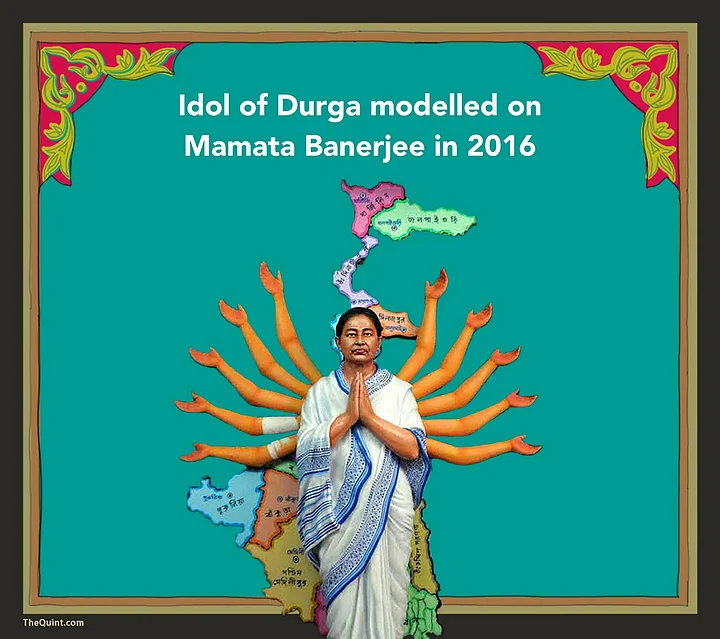
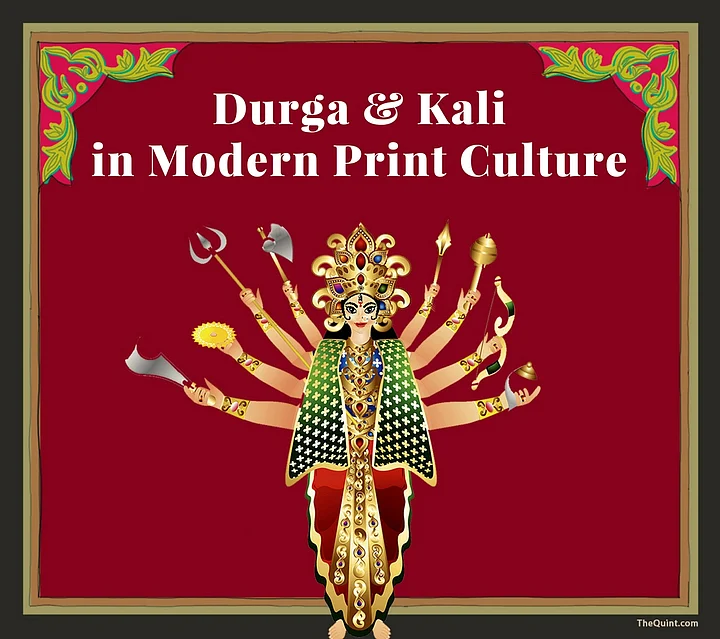
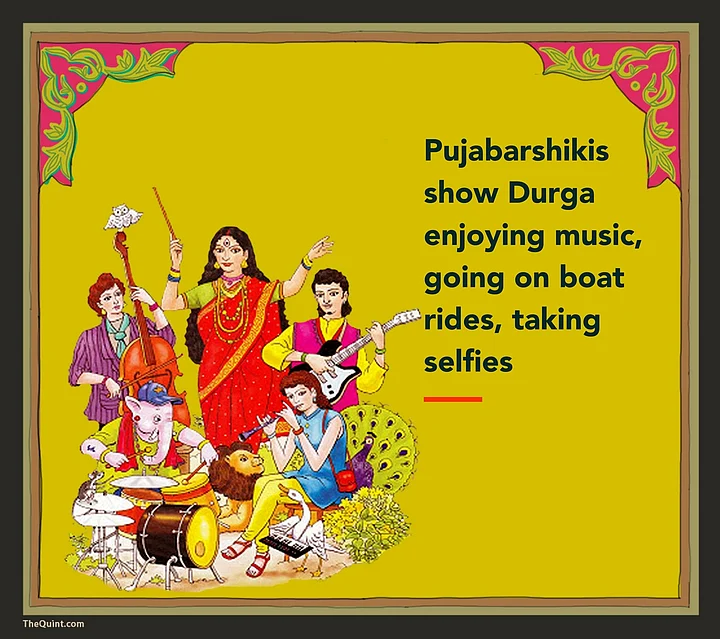
.jpg?auto=format%2Ccompress&fmt=webp&width=720)
